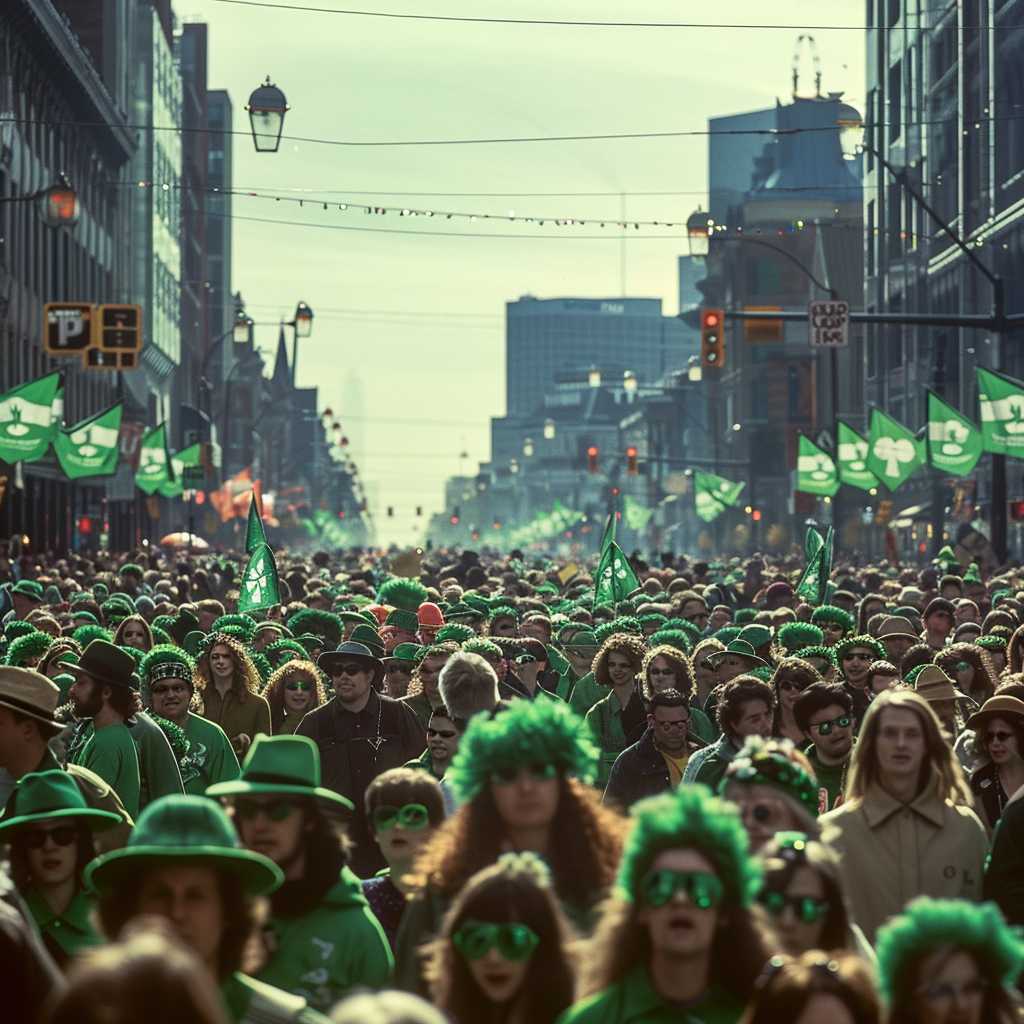Celebrating St. Patrick’s Day: A Rich Blend of History, Culture, and Festivity
St. Patrick’s Day, also known as the Feast of Saint Patrick, is a cultural and religious celebration that takes place annually on March 17th to honor the patron saint of Ireland, Saint Patrick. It was on this date that Saint Patrick, a fifth-century Romano-British Christian missionary and bishop, is said to have died. Over time, the day has evolved into a global celebration of Irish culture with parades, special foods, music, dancing, and a whole lot of green.
The Historical Roots of St. Patrick’s Day
St. Patrick, who lived during the 5th century, is credited with bringing Christianity to Ireland. His story weaves together folklore and miracle, such as the legend wherein he explains the Holy Trinity using a three-leaved shamrock and him driving snakes out of Ireland. While there were no snakes in Ireland post-glacial period for him to banish, this story metaphorically represents the removal of pagan ideology.
March 17th was marked as a holy day of obligation for Roman Catholics in Ireland since the early 17th century in remembrance of St. Patrick’s death. Through time, the religious significance mingled with elements of Irish culture.
Transformation into a Global Phenomenon
The global spread of St. Patrick’s Day celebrations is largely tied to the Irish diaspora around the world, especially in places such as the United States, Canada, and Australia where many Irish emigrants settled over centuries. Major cities across these countries started holding parades and celebrations from as early as the 18th century.
This globalizing of St. Patrick’s Day connected Irish communities abroad back to their homeland while also sharing and celebrating their culture with others.
Customs and Traditions Linked to St. Patrick’s Day
On St. Patrick’s Day, it is customary to wear green clothing or accessories, which is considered lucky and is associated with lush landscapes of Ireland, also known as ‘The Emerald Isle.’ Shamrocks are also widely associated with the day; according to legend, Saint Patrick used a shamrock as an educational symbol to explain the doctrine of the Holy Trinity – Father, Son, and Holy Spirit – to the pagan Irish.
Celebrations typically include public parades featuring Irish dance schools and bands playing both traditional and modern Irish music. While traditionally a Catholic feast day, which meant Lenten prohibitions against the consumption of meat were waived, modern festivities continue to feature enjoyable feasts that uniquely signify Irish pride.
Acknowledging St. Patrick’s Day in Today’s Diverse World
As part of ongoing reflections on inclusion and respect for different cultures around the world, some aspects of St. Patrick’s Day are being revisited or reframed particularly when it comes to avoiding cultural stereotypes about Irish people.
The significance of celebrating identity and heritage are ever-important aspects of the holiday; however it’s increasingly accommodated within various socioeconomic contexts while emphasizing respect for all cultures.
St. Patrick’s Day Today: Parades, Green Rivers, and Global Merrymaking
In cities like New York or Chicago, massive parades draw millions of attendees—the latter famously dyes its river green in celebration. Across different continents—from Europe to Asia—landmarks light up in green as part of Tourism Ireland’s “Global Greening” initiative. Even Spotify streams spike with Irish tunes adding another layer to the digital age’s version of global festivities.
Public venues often host live Irish music performances echoing traditional tunes all-night ceilidhs (Irish social gatherings), while pubs serve pints upon pints of stout alongside hearty servings of corned beef and cabbage.
Staying Safe During St. Patrick’s Day Festivities
While revelry characterizes St. Patrick’s Day for many revelers globally, public health authorities typically remind participants about responsible celebration practices which include moderation in alcohol consumption and adherence to any guidelines intended to ensure public safety during large gatherings or events.
Notes
Image Description: A bustling crowd dressed predominantly in vibrant shades of green fills a city street during a St. Patrick’s Day parade; smiling faces are adorned with shamrock accessories and illustrated banners featuring Saint Patrick backdrop the celebratory scene on this clear Spring day.
